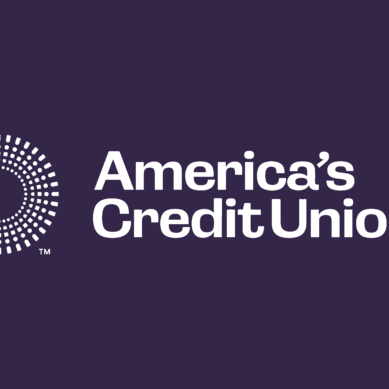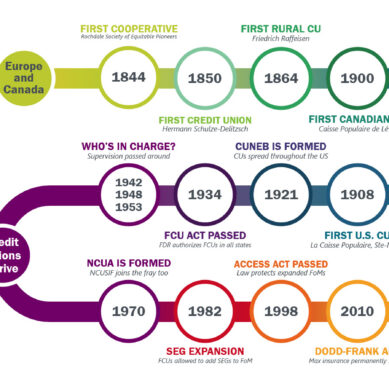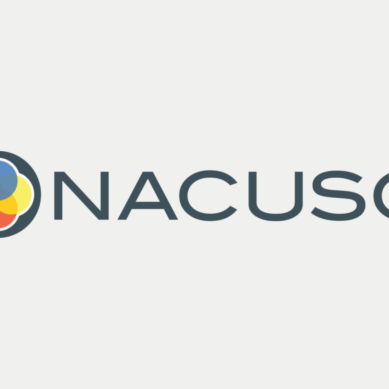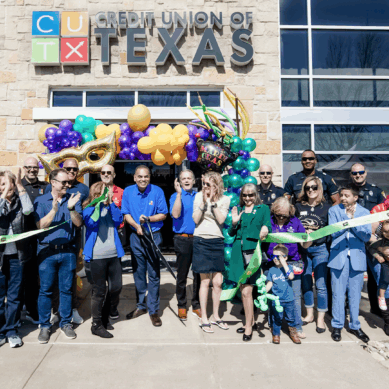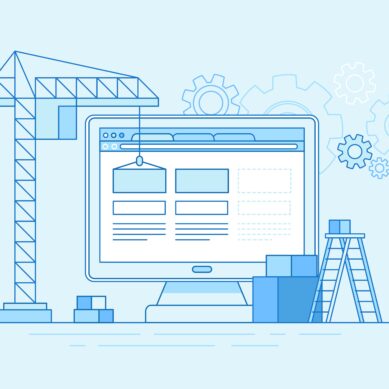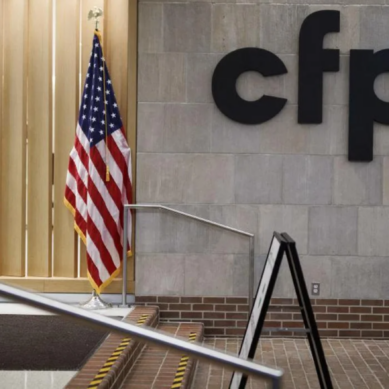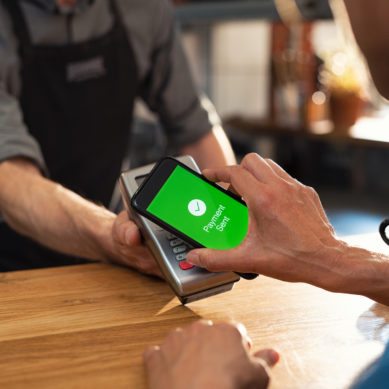The automotive car-buying environment continues to change in 2025 with tariffs looming, vehicle prices threatening to climb, and economic uncertainty weighing heavily on consumers’ minds.
For credit unions, these challenges are not just hurdles—they are opportunities to reinforce their essential role in the financial lives of their members. By innovating in auto finance and protection product offerings, credit unions can help members protect their investments, manage risk, and weather the storm of economic unpredictability.
The tariff threat and rising vehicle costs
Recent months have seen the auto industry bracing for the impact of new tariffs on imported vehicles and parts. While policy specifics continue to evolve, the one certainty is that costs are rising. Dealerships are already marketing “pre-tariff inventory,” “employee pricing,” and consumers are rushing to purchase vehicles before prices spike.
This environment creates anxiety for buyers, who must now consider not only the sticker price but also the long-term costs of ownership in an inflationary environment. In March 2025, the average cost of a new vehicle experienced a slight increase, with Cox Automotive reporting an average transaction price (ATP) of $47,462. This was slightly lower than the previous month’s revised ATP of $47,577.
Credit unions: trusted partners in times of uncertainty
Credit unions have always prided themselves on their member-first philosophy. In times of uncertainty, this mission becomes even more critical. Members are looking for guidance, support, and solutions that help them make sound financial decisions. Credit unions are uniquely positioned to deliver on these needs, offering not just loans but comprehensive financial wellness programs.
As delinquencies tick upward and traditional lenders tighten their standards, credit unions can step in to provide flexible, empathetic lending solutions—especially for long-term members or those with temporarily challenged credit. Unlike banks or captive finance companies, credit unions have the latitude to work with members to repair credit, restructure loans, and provide tailored advice.
The expanding role of F&I programs
One of the most powerful tools at a credit union’s disposal is a robust suite of auto loan protection products, such as mechanical breakdown protection, GAP, debt protection, and more. These products are not just revenue generators; they are shields that protect members from the high cost of repairs and unexpected expenses while also protecting credit union assets.
Modern vehicles, packed with advanced technology, are expensive to fix. A single repair bill can derail a member’s budget, especially if they are already stretched thin by a high monthly payment. Mechanical breakdown contracts and other protection products provide peace of mind, allowing members to budget more predictably and avoid financial shocks.
Alternative shopping channels: the rise of private party sales
As dealership prices climb, more consumers are turning to alternative channels—particularly private party sales—to find better deals. Roughly a third of used vehicle transactions occur outside traditional dealerships. This trend is likely to accelerate as tariffs and supply constraints push dealer prices even higher.
For credit unions, this is a golden opportunity. Many banks and captive lenders are reluctant to finance private party purchases, leaving a gap that credit unions can fill. By offering competitive financing for private sales, credit unions can capture new business and deepen relationships with existing members. Even more importantly, they can extend protection products to these transactions, ensuring that members are not left exposed when buying from non-traditional sources.
Protection products: an extension of non-interest income
Protection products also represent a vital source of non-interest income for credit unions. In a low-margin environment, these products can help offset the pressure on loan yields. By partnering with reputable providers and offering high-value protection products, credit unions can enhance their bottom line while delivering real benefits to members.
It’s important to note that these products can be offered not only at the point of sale but also throughout the life of the loan or as a standalone offering. Members who decide to keep their vehicles longer-perhaps delaying a purchase due to high prices-can still add coverage after the fact. This flexibility allows credit unions to serve members’ evolving needs and generate incremental revenue.
The critical importance of training
To maximize the impact of protection programs, credit unions must invest in ongoing training for their staff. Effective communication is key: members need to understand the value of these products, not just as add-ons, but as essential tools for protecting their financial health. Training should focus on consultative selling, risk mitigation, and the long-term benefits of coverage.
Moreover, as the economic landscape shifts, training programs should be updated regularly to reflect new realities—tariffs, interest rate changes, and evolving member concerns. Staff should be equipped to answer tough questions, dispel myths, and guide members toward the right solutions for their unique situations.
Preparing for the future: refinancing and beyond
Looking ahead, credit unions should be ready to capitalize on potential shifts in interest rates. If tariffs drive vehicle prices higher, there may be increased pressure on the Federal Reserve to lower rates to keep the economy moving. This could spark a wave of refinancing activity, as members seek to lower their monthly payments. Credit unions should be prepared to staff up for this potential surge and use refinancing as an opportunity to cross-sell protection products.
By embracing these strategies, credit unions can turn today’s challenges into tomorrow’s opportunities and become even more vital to the financial well-being of their members.






